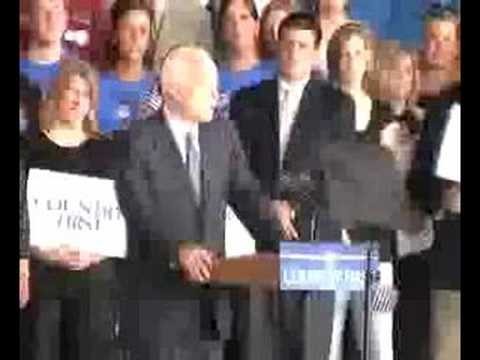Hedge Funds Shorting VIX Out of Style Amid Greece Oil Bloomberg Business
Post on: 13 Июль, 2015 No Comment

(Bloomberg) — Betting against market turbulence is losing its allure with hedge funds.
That’s the signal from futures tied to the Chicago Board Options Exchange Volatility Index, where the spread between long and short positions has jumped to the highest since at least 2004, Commodity Futures Trading Commission data show.
With the bull market a month away from its sixth birthday, oil swinging 5 percent a day and Greece arguing with Europe, large speculators have pared positions that profit should the VIX decline to the fewest since February 2012. Owning VIX futures is a bet that investors are underestimating threats to market calm.
“There may be an emerging consensus that there are lot of reasons to look for more volatility this year than in prior years,” Jared Woodard, the New York-based senior equity derivatives strategist at BGC Partners LP, said by phone.
The Standard & Poor’s 500 Index fell 0.4 percent to 2,046.74 at 4 p.m. in New York. The VIX jumped 7.3 percent to 18.55.
Hedge funds and other large speculators in VIX futures held about 87,000 long positions and 71,900 short ones through Feb. 3, CFTC data show.
Swings in U.S. stocks have become more violent in 2015 as investors analyze what an unprecedented plunge in oil and a surging U.S. dollar could signal about global economic growth and corporate profits. Concern that a new government will step up challenges to austerity programs in Greece has increased fears of economic instability in Europe.
Wider Swings
The S&P 500 has posted average daily moves of 0.9 percent so far this year, almost double the 0.53 percent average each day in 2014. In 2015, the VIX has averaged 18.86 on a closing basis through last week, a 33 percent increase from its mean of 14.18 last year.
Large speculators have been net short VIX futures contracts for most of the last three years as the Federal Reserve’s asset-purchase program fueled double-digit annual gains in domestic equities. Bets against volatility paid off in 2012 and 2013 as the VIX plunged 41 percent.
Futures on the volatility gauge expiring this month ended Feb. 9 at 19.65, 5.9 percent above the VIX’s closing price, according to data compiled by Bloomberg. Contracts expiring in March closed at 19.95, while April futures ended the day at 20.15.
Hedge fund managers’ reluctance to short VIX futures and the high cost of S&P 500 protection through options shows investors are afraid to take on risk in an environment of violent stock swings and diminishing liquidity, according to Ramon Verastegui at Societe Generale SA. The S&P 500 has swung more than 1 percent intraday in 22 of 26 trading sessions this year, according to Bloomberg data.
Options tied to the S&P 500 betting on 10 percent downside cost 12.2 points more than those wagering on 10 percent upside, according to three-month data compiled by Bloomberg. That’s around the widest spread for the relationship known as skew since a 7.4-percent selloff in stocks in October, the data show.
“High uncertainty in the market is not only reflected by higher market volatility and higher intraday volatility, but by a risk aversion within hedge fund investors,” Verastegui, the head of engineering and strategy at Societe Generale, said in an interview.
To contact the reporter on this story: Callie Bost in New York at cbost2@bloomberg.net
To contact the editors responsible for this story: Jeff Sutherland at jsutherlan13@bloomberg.net














